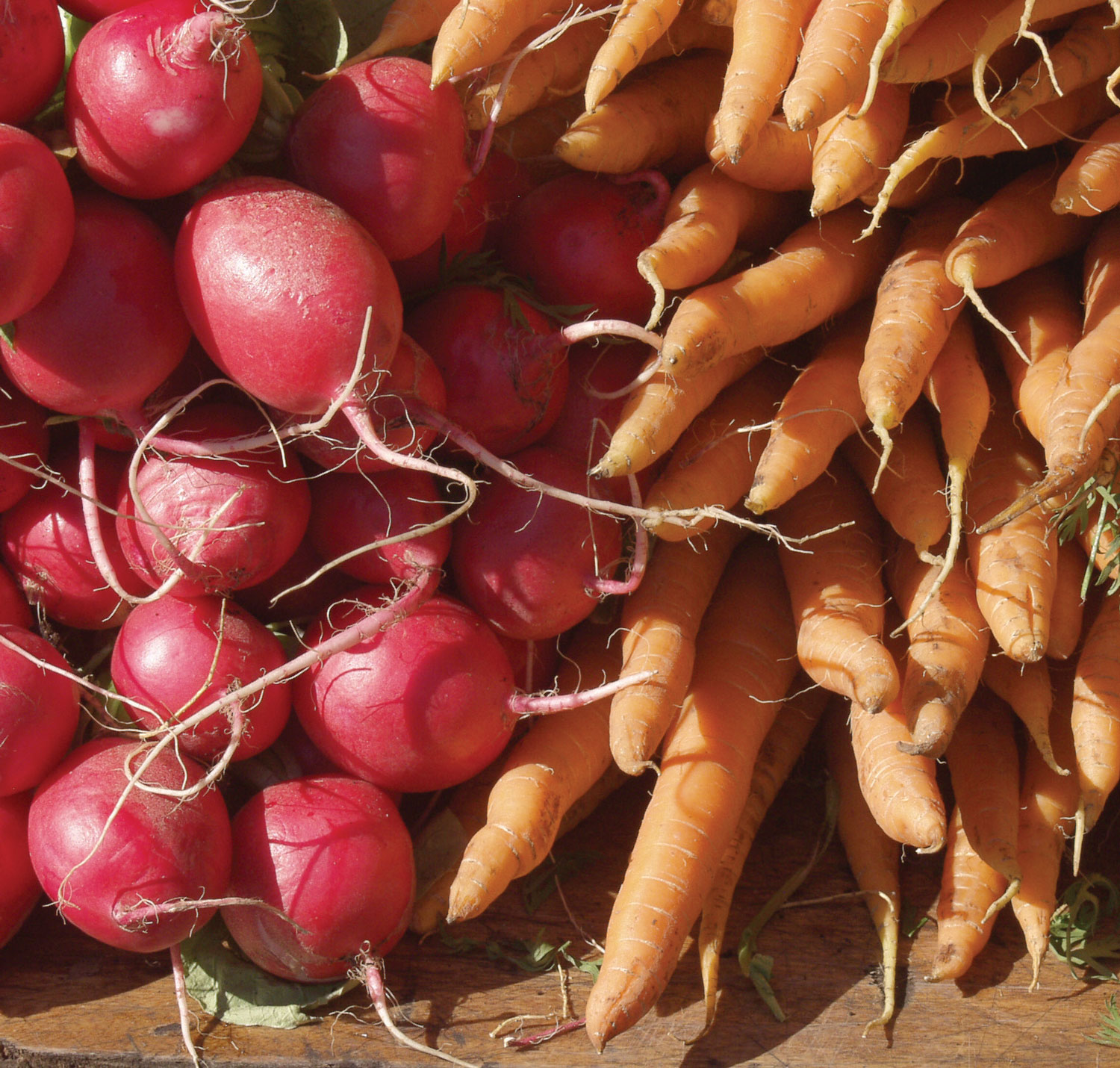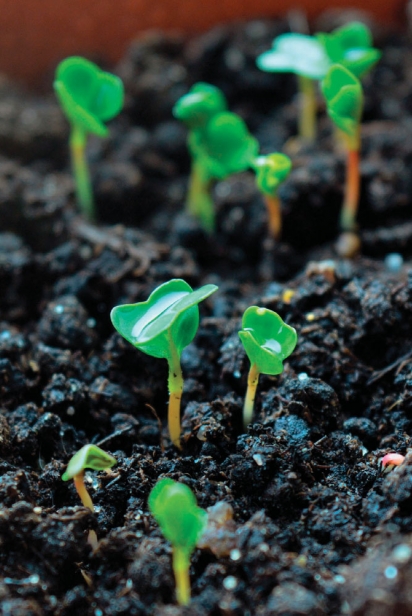Pandemic Victory Gardens
And How to Prepare Your Home Garden for Winter
Midwest weather is unpredictable and a challenge for the home gardener, especially come the spring and fall seasons. Michigan gardeners constantly find themselves asking, “Is it too early to transplant the tomatoes? Is it too late to start another crop of beets and carrots?” In true Midwest fashion, every year seems to bring a new wave of unpredictability.
This summer in particular, most folks have been stuck at home, sheltering in place. And many took to their backyards and community gardens. If you’ve tried to buy seeds or visited your local garden center, you know how crazy it’s gotten!
This isn’t the first time that Detroit citizens have ungloved their green thumbs in a time of crisis. The first came after the Panic of 1893. Detroit had sunk into the worst economic slump in its history, riddled by unemployment and abandoned lots. In response, Detroit’s then-Mayor Hazen Pingree implemented the “potato patch” program, which gave vacant land to families and communities to grow food on. Three years later, Detroit families were successfully managing more than 400 acres of community gardens, as reported by the Detroit News in 1896.
Other cities around the U.S. followed shortly after, and community gardens began to flourish in and around American metropolises. In the 1940s, the term “victory gardens” emerged all across the U.S., coined by the Allied governments during World War II. It was meant to encourage citizens to plant home and community gardens to supplement food rations, and to boost morale and foster community during hardship.
Once again in 2020, in the face of a global pandemic, a resurgence of home and community gardens have popped up around. The Detroit News reported in June that nurseries and local garden centers saw record-breaking sales. “Victory gardens,” as they were called more than half a century ago, have more or less returned. Though they could be referred to as “Pandemic Victory’ Gardens, a term coined by NPR reporter Petra Mayer.
But in the blink of an eye, the Michigan summer has more or less vanished. And despite cool weather having negative effects on our beloved tomato crops, it can have great results for other delicious fruits and veggies that the home gardener can sow and harvest well into the first frost of the winter.
Will Jaquinde, sustainable agriculture instructor for Michigan State University’s Tollgate Farm and Education Center, oversees 160 acres of MSU’s farm along with his staff. They prep fall-time crops well in advance of the winter season. “We like to plant our ‘fall greens’ mix in the fall,” said Jaquinde. “They all do well in the cooler weather. And all the greens are seed-to-soil, which make it even easier for the gardener.” Jaquinde takes advantage of the farm’s greenhouse as well for fall transplants.
“We also plant shorter-day radishes, like the French Breakfast variety and the Red Rounds, because they’re ready to harvest in about 45 days and the flavor is still great,” explained Darby Anderson, production manager at MSU’s Tollgate Farm. “The beets we plant are smaller but have a quicker turnaround time. Same with the carrots. The harvested plant isn’t as big, but the quality is just as good.” Anderson explained that root vegetable seeds like radishes and beets can be sown directly in the soil, along with carrots, some lettuce mixes, and beans.
For gardeners looking for more in-depth fall and winter gardening tips, Keep Growing Detroit located in Eastern Market is a great resource for all things home gardening. Founded in 2013, KGD aims to serve gardeners and farmers in the cities of Detroit, Hamtramck and Highland Park. One of many incredible resources offered to home gardeners is their Garden Resource Program, which has been actively providing home and community gardeners with seeds and transplants every season since 2006. Additional resources for seasonal growing— including live, online classes—are available through DetroitAgriculture.com.
At Tollgate Farm Jaquinde explained that the choice of what to plant in the fall is more limited than in the spring and summer. But more varieties come out each year that have a faster turnaround time to harvest and are more weather resistant. “We get most of our seeds from Johnny’s Selected Seeds and High Mowing Organic Seeds,” said Jaquinde. “Every year there are new varieties that are great in the fall weather.”
Jaquinde also explained that the reason many crops don’t grow well in the Midwest fall season is because of the temperature fluctuation. “As the frost and cooler weather comes, certain vegetables start to break down their starches into sugars, which makes them sweeter,” he said. “But it’s bad for tomatoes and other plants that rely on the warm soil. They start to develop blight and mold and they just can’t recover like other plants can.”
As we continue towards winter, it’s a great time to start planning your garden for next year. It takes patience and tenacity to keep with your garden, so don’t get discouraged. “It’s a lot of planning, some luck and good weather,” saidJaquinde. “As long as you’re having a good time, then you’re doing the right thing.”






